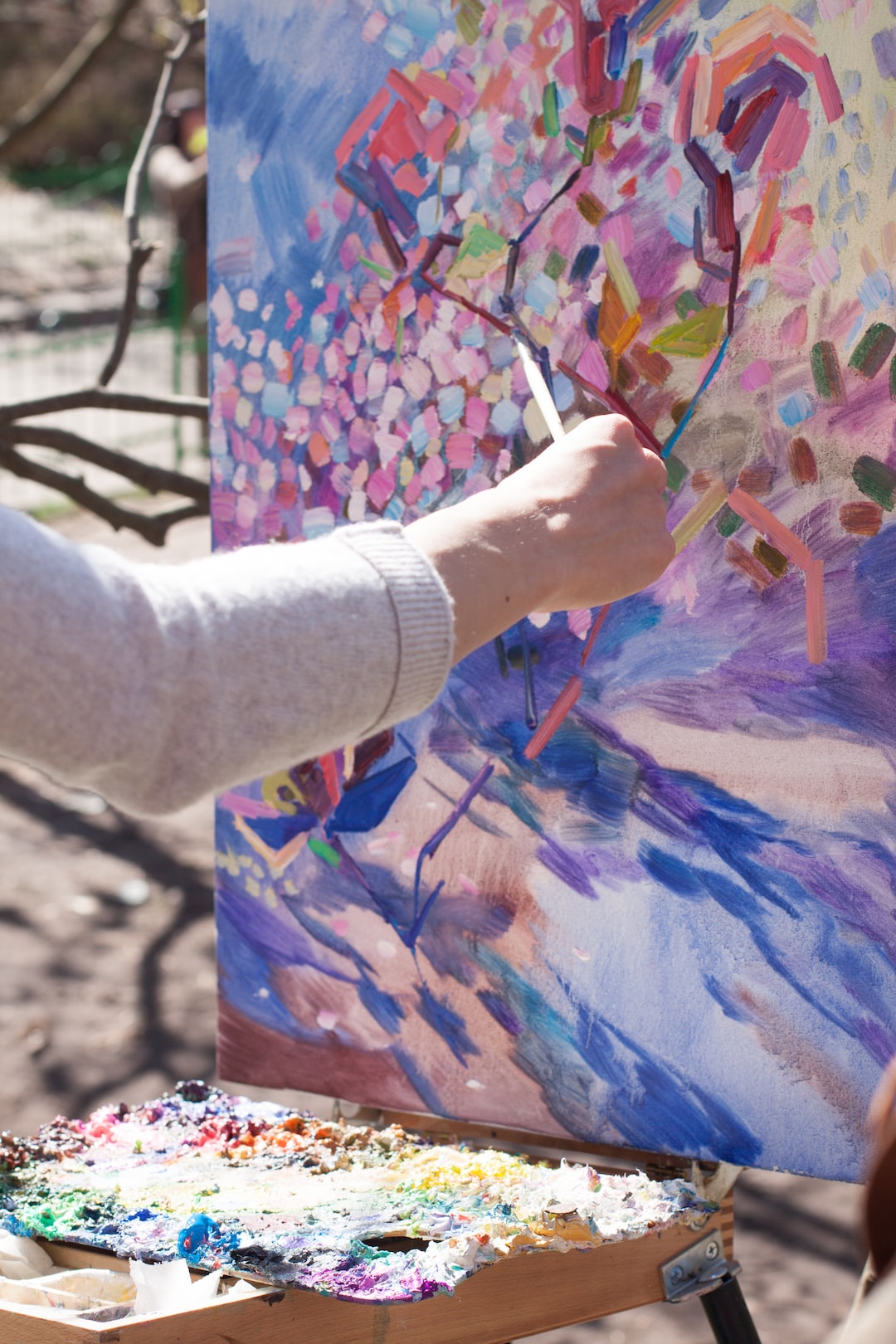Unleashing Your Creativity: Introduction to Painting and Drawing
Creativity is an essential aspect of the human experience. It allows us to express ourselves, explore our emotions, and view the world in unique ways. Painting and drawing are two forms of art that have been utilized for centuries as mediums for creative expression. Whether you are a beginner or someone looking to rekindle their passion, this introduction to painting and drawing will provide you with a foundation to unleash your creativity.
Painting is often seen as a complex and intimidating art form, reserved only for the talented and skilled. However, the truth is that anyone can paint. All you need is a willingness to learn and a desire to express yourself. To begin, let’s explore some basic painting techniques that will allow you to create beautiful works of art.
One of the first techniques to master is color mixing. Understanding how to mix colors will not only allow you to create a wider range of shades but also give you more control over the overall mood and atmosphere of your painting. Start with a basic color palette consisting of primary colors – red, blue, and yellow – and experiment with mixing them to create secondary colors such as green, purple, and orange.
Next, let’s discuss the different types of brushes and their uses. Brushes come in various shapes and sizes, each serving a specific purpose. Round brushes are great for fine details and precise lines, while flat brushes are ideal for creating broad strokes and covering larger areas. Experiment with different brush strokes and observe the effects they have on your artwork.
Now that we have covered some painting techniques, let’s delve into the world of drawing. Drawing is the foundation of any visual art form, and it provides the framework for painting. Contrary to popular belief, drawing is not restricted to the realm of hyper-realistic portraits or landscapes. It can be a whimsical, abstract, or interpretive expression of your unique perspective.
To begin drawing, start by practicing basic shapes such as circles, squares, and triangles. These fundamental shapes form the building blocks of more complex drawings. Over time, you can progress to drawing objects or scenes from observation or imagination. Remember, drawing is not about perfection but about capturing the essence and emotions of your subject.
Apart from shapes, value and shading play a crucial role in drawing. Value refers to the range of lightness to darkness in an artwork. By understanding how to apply different shades, you can create depth and dimension in your drawings. Experiment with different techniques, such as cross-hatching, stippling, or smudging, to achieve various effects.
As an artist, it is important to develop your own style. Don’t be constrained by expectations or comparisons to other artists. Embrace your unique perspective and let it shine through in your artwork. Whether you prefer vibrant colors, minimalistic designs, or abstract compositions, allow yourself the freedom to explore and experiment.
In addition to techniques, it is equally important to cultivate a mindset conducive to creativity. Surround yourself with inspiration, whether it be visiting art galleries, reading books, or immersing yourself in nature. Take time to observe the world around you, paying attention to details, colors, and patterns. Inspiration can be found in the simplest of things, if we only take the time to look.
Unleashing your creativity through painting and drawing is a journey of self-discovery and expression. It allows you to tap into a part of yourself that often remains hidden in the busy humdrum of everyday life. So, pick up a brush, grab a pencil, and let your imagination guide you on this artistic adventure. Remember, there are no mistakes in art, only opportunities for growth and exploration.
